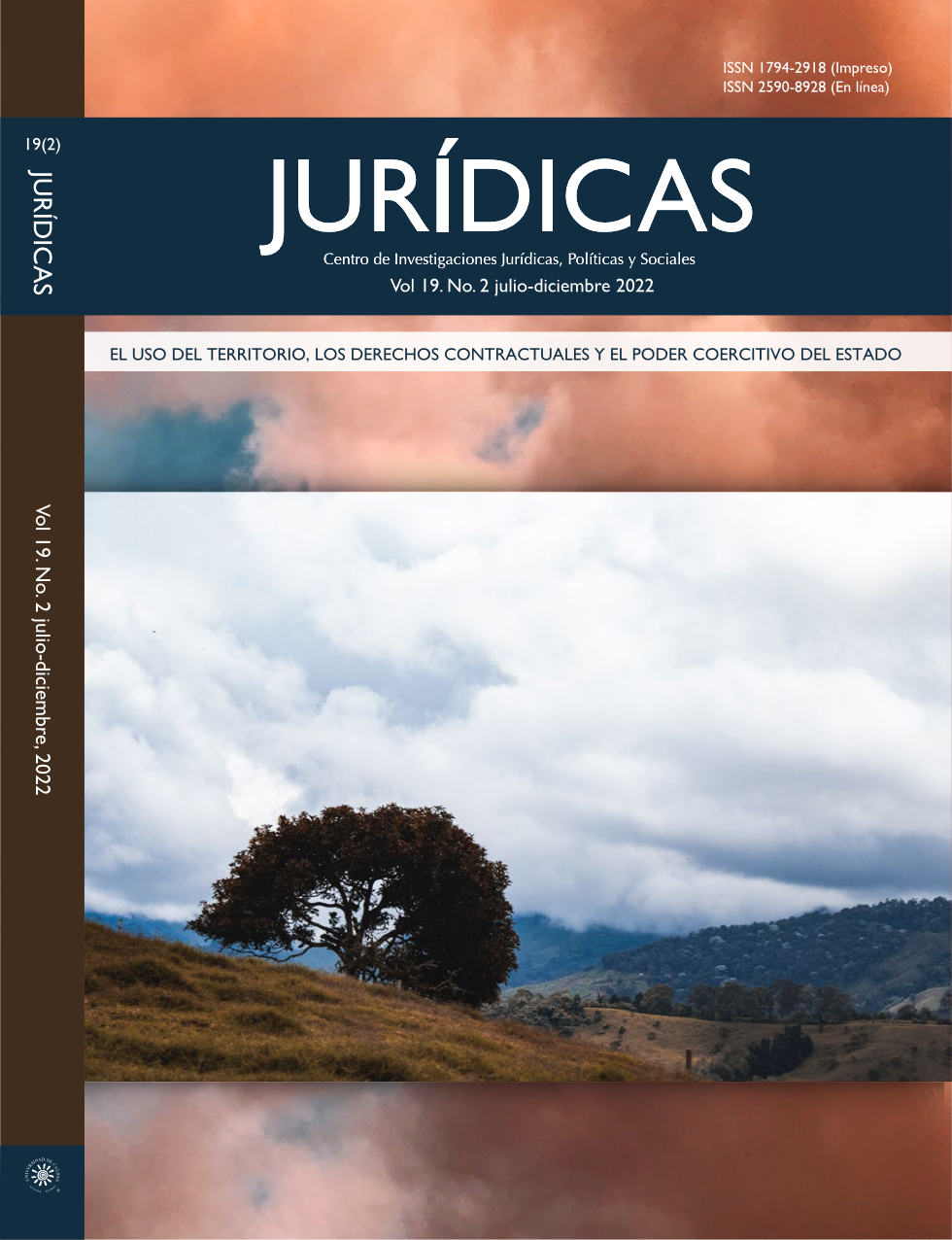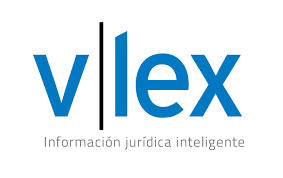Authors
Abstract
This paper aims to identify and challenge the common practice among financial institutions of designing and selling complex financial products to consumers who lack full comprehension, thus preventing them from making informed decisions before consuming such financial products. This deceptive approach leads many consumers to experience financial losses, with significant negative consequences for society as a whole. The paper delves into the motivations behind financial institutions to produce and successfully sell complex financial products; they flourish, mainly because they often take advantage of the inadequate regulatory systems, amongst other things. Furthermore, it explores the enabling environment created by laissez-faire contract, which prioritizes principles like pacta sunt servanda and caveat emptor, resulting in regulators overlooking and undervaluing the abuse faced by financial consumers, leaving them largely responsible for resolving their own challenges. The paper exposes the shortcoming of policy measures aimed at preventing consumer exploitation, including the flawed disclosure rules that place the burden of comprehension on consumers while being manipulated to undermine their full understanding.
Additionally, it critiques the use of complicated language and heavy use of financial jargon in financial information booklets, which, although meeting legal disclosure requirements, hinder the comprehension of consumers. To address these issues, the paper proposes a new disclosure rule grounded in the concepts of caveat venditor and contra proferentem. This rule would require financial institutions to present information against their own self-interest and provide an equal number of disadvantages alongside advantages for the products they offer. Furthermore, it suggests that regulators and courts should play a pivotal role in supervising and assessing compliance, issuing annual performance-rated certificates that financial institutions must prominently display in their establishments and incorporate into their product information leaflets. This approach would allow consumers to easily identify consumer-friendly financial institutions
Keywords
References
Anderson, K. B. (2016). Mass-Market Consumer Fraud: Who Is Most Susceptible to Becoming a Victim? Working Paper No. 332. https://www.ftc.gov/system/files/documents/reports/mass-market-consumer-fraud-who-most-susceptible-becoming-victim/working_paper_332.pdf
Apaam, G., Burhouse, S., Chu, K., Ernst, K., Fritzdixon, K., Goodstein, R., Lloro, A., Opoku, C., Osaki, Y., Sharma, D. & Weinstein, J. (2017). FDIC National Survey of Unbanked and Underbanked Households. https://www.fdic.gov/householdsurvey/2017/2017report.pdf
Ask CFPB. (s. f.). Consumer Financial Protection Bureau. https://www.consumerfinance.gov/ask-cfpb/
Bar-Gill, O. (2012). Seduction by Contract: Law, Economics, and Psychology in Consumer Markets. Oxford University Press.
Bar-Gill, O. (2006). Bundling and consumer misperception. The University of Chicago Law Review, 73(1), 33-61. https://www.jstor.org/stable/4495543
Ben-shahar, O., & Schneider, C. E. (2011). The failure of mandated disclosure. University of Pennsylvania Law Review, 159(3), 647-749. https://www.jstor.org/stable/41149884
Campbell, J. Y., Jackson, H. E., Madrian, B. C., & Tufano, P. (2010). The regulation of consumer financial products: an introductory essay with four case studies. Harvard University. http://nrs.harvard.edu/urn-3:HUL.InstRepos:4450128
Cole, S. A., & Shastry, G. K. (2008). If you are so smart, why aren’t you rich? the effects of education, financial literacy and cognitive ability on financial market participation. Harvard Business School.
Court, D., Elzinga, D., Mulder, S. & Vetvik, O. (2009, Jun. 01) The Consumer Decision Journey. https://www.mckinsey.com/business-functions/marketing-and-sales/our-insights/the-consumer-decision-journey
Crawford, B. (2013). Financial-Consumer Complaint Agencies. Canadian Business Law Journal, 54(1), 68-86.
Cremer, D.D. (2015, March, 03). Why Our Confidence in Banks Hasn’t Been Restored. Harvard Business Review. https://hbr.org/2015/03/why-our-trust-in-banks-hasnt-been-restored
DellaVigna, S. & Malmendier, U. (2004). Contract Design and Self-Control: Theory and Evidence. Quarterly Journal of Economics,119(2), 353-402. https://doi.org/10.1162/0033553041382111
Dodd-Frank Wall Street Reform and Consumer Protection Act: Public law No. 203. (2010). https://www.congress.gov/111/plaws/publ203/PLAW-111publ203.pdf
Ellison, G. (2004). A Model of Add-On Pricing. Quarterly Journal of Economics,120(2) 585.
Emmons, W. R. (2005). Consumer-Finance Myths and Other Obstacles to Financial Literacy. Saint Louis university public law review, 24(2), 335-362.
European Communities. (2000). Charter of fundamental rights. Official Journal of the European Communities. https://www.europarl.europa.eu/charter/pdf/text_en.pdf
Fay, B. (2021). Truth in lending act – consumer rights & protections. Debt.Org. https://www.debt.org/credit/your-consumer-rights/truth-lending-act/
Federal Trade Commission. (2013, Aug. 5). Consumer finance. https://www.ftc.gov/news-events/topics/consumer-finance
Financial Literacy and Education Commission. (2016). Promoting Financial Success in the United States: National Strategy for Financial Literacy. https://home.treasury.gov/system/files/231/National-Strategy-2016-Update.pdf
Gabaix, X. & Laibson, D. (2006) Shrouded Attributes, Consumer Myopia, and Information Suppression in Competitive Markets. Quarterly Journal of Economics, 121(2), 505-540.
Gang Z., & Guangzi L. (2017). Consumer Finance and Its Significance. In G. Wang, G. Zeng & X. Xiaoying (eds) Development of Consumer Finance in East Asia (pp.1-18). Palgrave Macmillan.
Gikay, A. A. (2019). European consumer law and blockchain based financial services: A functional approach against the rhetoric of regulatory uncertainty. Tilburg Law Review, 24(1), 27-48. https://doi.org/10.5334/tilr.135
Haim, L. (2013). Rethinking Consumer Protection Policy in Financial Market. Journal of Law and Commerce, 32(1),23-80.
Howcroft, B., Hewer, P., & Hamilton, R. (2003). Consumer decision-making styles and the purchase of financial services. The Service Industries Journal, 23(3), 63-81. https://doi.org/10.1080/714005120
Iheme, W. C. (2020). Vulnerability, Financial Inclusion, and the Heightened Relevance of Education in a Credit Crisis. In C. G. Stanescu & A. A. Gikay (eds.), Discrimination, Vulnerable Consumers and Financial Inclusion (pp. 80-110). Routledge.
Iyengar, S. S., & Lepper, M. R. (2000). When choice is demotivating: Can one desire too much of a good thing? Journal of Personality and Social Psychology, 79(6), 995–1006. https://doi.org/10.1037/0022-3514.79.6.995
Jager, C. E. de. (2017). A Question of Trust: the Pursuit of Consumer Trust in the Financial Sector by Means of EU Legislation. Journal of Consumer Policy, 40(1), 25-49. https://doi.org/10.1007/s10603-016-9334-8
Kiser, E. K. (2002). Household switching behavior at depository institutions: Evidence from survey data. The Antitrust Bulletin, 47(4), 619-640. https://doi.org/10.1177/0003603X0204700404
Klemperer, P. (1987). Markets with Consumer Switching Costs. The Quarterly Journal of Economics,102(2), 375-394. https://doi.org/10.2307/1885068
Ko, K.J. & Williams, J. (2013). The Effects of Regulating Penalty Fees for Consumer Financial Products.
https://www.fdic.gov/analysis/cfr/consumer/2012/the-effects-of-regulating-penalty-fees-for-consumer-financial-products.pdf
Ko, K. J., & Williams, J. (2017). The Effects of Regulating Hidden Add‐On Costs. Journal of Money, Credit and Banking, 49(1), 39-74. https://doi.org/10.1111/jmcb.12368
Lacko, J. M., & Pappalardo, J. K. (2010). The failure and promise of mandated consumer mortgage disclosures: Evidence from qualitative interviews and a controlled experiment with mortgage borrowers. American Economic Review, 100(2), 516-521. https://doi.org/10.1257/aer.100.2.516
Lusardi, A., & Mitchelli, O. S. (2007). Financial literacy and retirement preparedness: Evidence and implications for financial education. Business economics, 42(1), 35-44. http://hdl.handle.net/10419/25516
Lusardi, A., & Mitchell, O. S. (2014). The economic importance of financial literacy: Theory and evidence. Journal of economic literature, 52(1), 5-44. https://doi.org/10.1257/jel.52.1.5
Mann, R. J. (2012). After the Great Recession: Regulating financial services for low-and middle-income communities. Wash. & Lee L. Rev., 69, 729-750.
Poulain, M. (2017) Regulatory Capture in Financial Supervision. In R. Douady, C. Goulet, P.C. Pradier (eds.), Financial Regulation in the EU. (pp. 107-122) Palgrave Macmillan, Cham.
Melecky, M & Rutledge, S. (2016). Financial Consumer Protection and the Global Financial Crisis. http://citeseerx.ist.psu.edu/viewdoc/download?doi=10.1.1.913.2243&rep=rep1&type=pdf
Nalebuff, B. (2002). The Strategy of Bundling. In M. Goldsmith, V. Govindarajan, V. Kaye, B. Vicere (eds.). The Many Facets of Leadership (pp.293-301), Prentice Hall.
Nalebuff, B., & Majerus, D. (2003). Bundling, tying, and portfolio effects: Part 2: Case studies. DTI.
Nilsson J., Nordvall A.C., Isberg, S. (2016). The Information Search Process of Socially Responsible Investors. In T. Harrison (ed.), Financial Literacy and the Limits of Financial Decision-Making. Palgrave Macmillan, Cham.
O’Donoghue, T., & Rabin, M. (1999). Doing it now or later. American Economic Review, 89(1), 103-124.
https://doi.org/10.1257/aer.89.1.103
Pak, K. & Shadel, D. (2011). AARP Foundation National Fraud Victim Study. AARP Research and Strategic Analysis.
Schwartz, A., Grether, D.M. & Louis, L.W. (1986). Irrelevance of Information Overload: An Analysis of Search and Disclosure. 59 Southern California Law Review, 59(277), 277-303. https://digitalcommons.law.yale.edu/cgi/viewcontent.cgi?article=2099&context=fss_papers
Schwartz, L. M. (1997). The role of numeracy in understanding the benefit of screening mammography. Annals of Internal Medicine, 127(11), 966. https://doi.org/10.7326/0003-4819-127-11-199712010-00003
Simpson, W.B. (1975). A History of the Common Law of Contract: The Rise of the Action of Assumpsit. Oxford University Press.
Solicitor. (1932). English Justice. Routledge.
Stănescu, C. G. (2019). The responsible consumer in the digital age: On the conceptual shift from ‘average’ to ‘responsible’ consumer and the inadequacy of the ‘information paradigm’ in consumer financial protection. Tilburg Law Review, 24(1), 49-67. https://doi.org/10.5334/tilr.143
Tajti, T. (2022), Regulatory and Other Forms of Capture in Law. In Đ. Gardašević, V. Gotovac, S. Zrinščak.
Pravo i Društvo - Liber Amicorum Josip Kregar (pp. 441-467), Zbornici.
Tajti, T. (2019). Unprotected consumers in the digital age: The consumer-creditors of bankrupt, abandoned, defunct and of zombie companies. Tilburg Law Review, 24(1), 3-26. https://doi.org/10.5334/tilr.139
The Harris Poll. (2019). Consumer Financial Literacy Survey. (Accessed 2020, 17 Jul.) https://digital.nfcc.org/es/resources/client-impact-and-research/2019-consumer-financial-literacy-survey/
Tolmie, F. (2003). Corporate and Personal Insolvency. (2nd ed.), Cavendish Publishing.
Turgeon, E.N. (2009) Boom and bust for whom? The economic philosophy behind the 2008 financial crisis. Virginia Law & Business Review, 4(1), 139-186.
United States of America. (2018). Consumer Financial Protection Bureau. Consumer Response Annual Report. https://files.consumerfinance.gov/f/documents/cfpb_consumer-response-annual-report_2018.pdf
Willis, L.E. (2009) Against Financial Literacy Education. Public Law Research Paper, 94(8-10), 260-275. https://papers.ssrn.com/sol3/papers.cfm?abstract_id=1105384

 PDF
PDF
 FLIP
FLIP


























